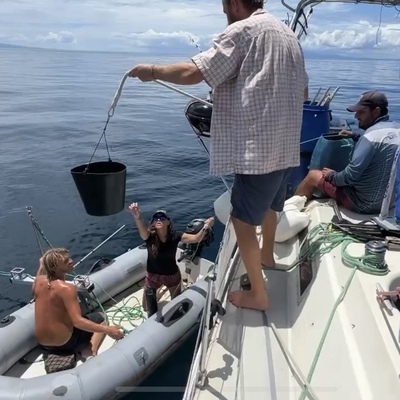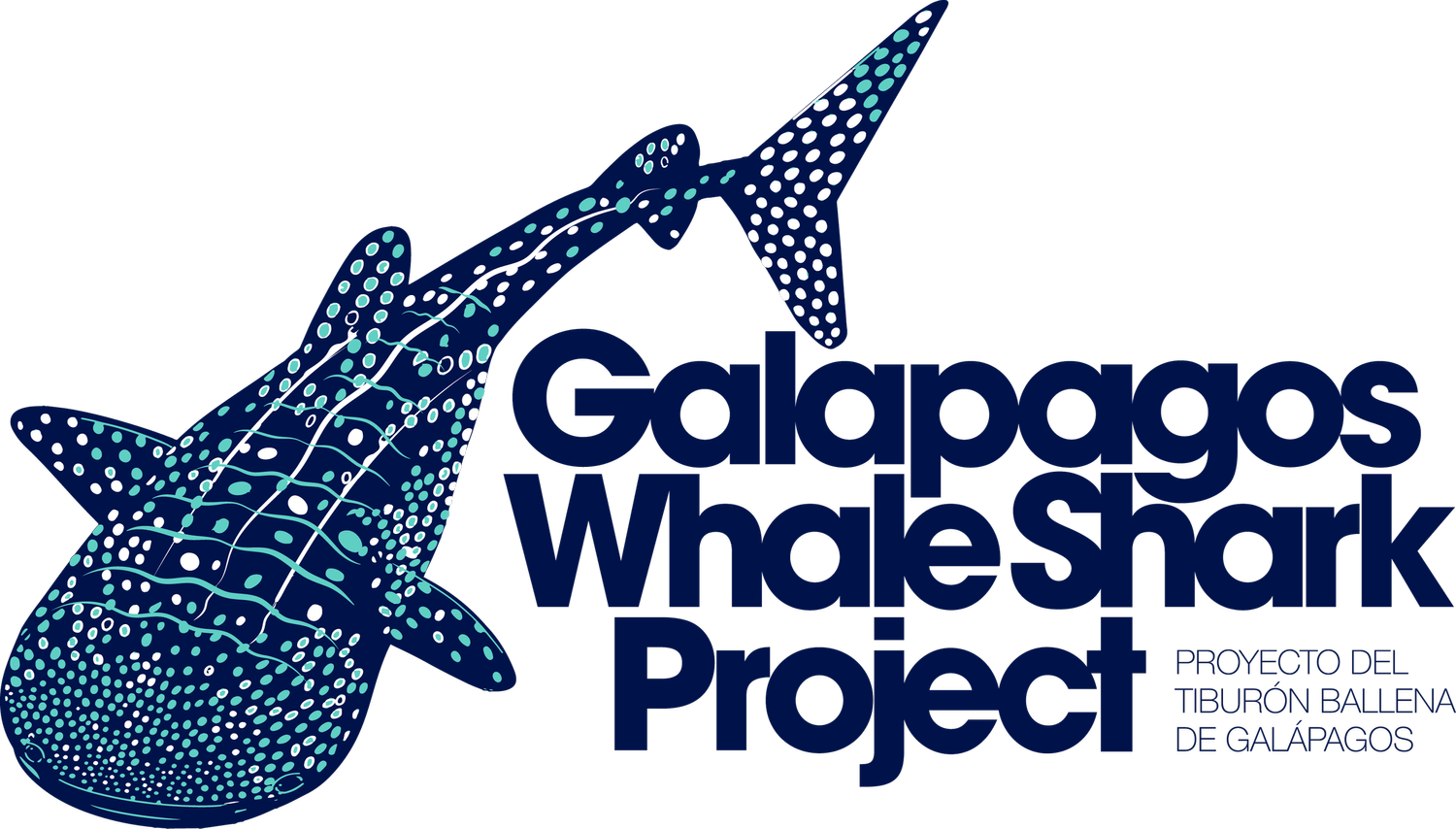Galapagos Marine Reserve Shark Research
DV Good Mood 4
Isla Isabela, The Galapagos
April 1-10, 2025
Program Overview
The Galápagos Marine Reserve is one of the most ecologically rich and scientifically valuable ocean regions on the planet. Studying whale sharks here, especially the elusive adult females, provides rare insight into their migratory patterns, reproductive behaviors, and connections to broader ocean health. Baited Remote Underwater Video Systems (BRUVS) are also used to monitor the diversity and abundance of all shark species in the region, helping scientists understand population trends and guide effective conservation efforts across this critical marine habitat.
Application
The data collected during this expedition will help fill critical knowledge gaps about whale shark migratory patterns and the diversity of shark species within the Galápagos Marine Reserve. Understanding when and where whale sharks aggregate, and monitoring the presence of other key shark species, directly informs marine spatial planning, conservation strategies, and protections for vulnerable populations. These findings will support ongoing efforts by researchers, local authorities, and global conservation organizations to strengthen the management of the Galápagos Marine Reserve and contribute to broader initiatives aimed at safeguarding shark populations worldwide.
Expedition Summary
In late March 2025, DISCOVERY Vessel Good Mood 4 sailed through the Panama Canal and arrived in San Cristóbal, Galápagos for a life-changing research expedition. Joined by SeaKeepers' Science Liaison, the vessel team met with Dr. Alex Hearn to learn more about the goals for the coming week and a half. On the morning of April 1st, 2025, Good Mood 4 loaded up with scientific equipment and set sail from San Cristóbal to Santa Cruz to pick up another scientist and a Galápagos National Park Naturalist.
The team of seven spent the next ten days sailing around Isla Isabela, searching for an elusive aggregation of female whale sharks. Each morning, researchers from USFQ and the Galápagos Science Center deployed BRUVs (Baited Remote Underwater Video Systems) to collect baseline data on multiple shark species found in the Galápagos Marine Reserve, including blacktip and whitetip reef sharks, Galápagos sharks, hammerhead sharks, tiger sharks, and more. After two hours of recording on the seafloor, the BRUVs were retrieved, and the team set sail again, scanning the horizon in hopes of spotting whale sharks.
Despite their efforts, the trip concluded without a sighting. However, the absence of whale sharks during early to mid-April provided valuable data about their migratory patterns and underscored how much remains unknown about their movements. Future expeditions are already being planned to continue this research, and we look forward to engaging as many DISCOVERY Vessels as possible in this exciting opportunity.
Location
Isla Isabela, The Galapagos
Duration of Project
As a leading shark scientist in Ecuador and the Galapagos, Dr. Alex Hearn has been studying the plethora of shark species that inhabit the Galapagos with USFQ and the Galapagos Science Center since 2015.
Research Team
- Dr. Alex Hearn, Universidad San Francisco de Quito
- Sofi Green, Galapagos Whale Shark Project





You must be logged in to post a comment.